Introduction
As the chill of winter fades and the days grow longer, there's a palpable excitement in the air for garden enthusiasts. Spring holds the promise of renewal and growth, making it the perfect time to get hands-on with planting. Whether you're a seasoned gardener or a budding green thumb, there’s a subliminal anticipation tied to seeing your garden come alive with color and vitality. At Plantology, we share this passion and understand the transformative power of a blooming garden.
Spring planting offers a myriad of benefits — from creating a visually appealing landscape to providing a setting for relaxation and family gatherings. It’s a chance for you to express creativity and bring biodiversity to your environment. As we dive into this season of growth, let's explore the variety of plants that can bring joy and beauty to your garden. Whether you're planting vibrant flowers, sturdy shrubs, or elegant trees, understanding the specifics of spring planting ensures robust growth and perennial beauty.
Section 1: Understanding Spring Planting
1.1 The Importance of Timing
To achieve a flourishing garden, timing is crucial. Knowing when to plant can significantly impact the health and productivity of your plants. The key is understanding your region’s frost dates and growing zones. This information dictates which plants will thrive and when to get them in the ground.
Frost dates refer to the average last frost in spring and the first frost in fall. Planting too early in spring may put tender plants at risk of frost damage, while planting too late may not give others enough time to establish before summer heat arrives. Growing zones, or hardiness zones, categorize the climate in your area and help determine which plants can thrive in your garden.
For reference, tools such as local almanacs or reputable online resources can provide detailed guides customized to your location. At Plantology, we always recommend leveraging these tools to plan your planting schedule effectively.
1.2 Soil Preparation
Before introducing new plants, preparing your soil is an essential first step. The condition of your soil affects how well your plants will grow. Start by assessing soil quality, which includes checking its pH level, texture, and nutrient content.
Begin soil preparation by clearing away debris and weeds from the planting area. Next, using a spade or tiller, loosen the soil to improve aeration and drainage. Amending the soil with organic matter such as compost or well-rotted manure can boost its fertility and structure, offering better support to plant roots.
Remember, well-prepared soil sets a solid foundation for your garden's success, paving the way for lush and ongoing growth throughout the season.

Section 2: Ideal Trees for Spring Planting
2.1 Flowering Trees
Flowering trees are a stunning addition to any garden, providing colorful blooms and delightful fragrances. One standout choice from our selection is the Adonidia Palm, which is known for its graceful fronds and vibrant flowering. Whether planted single, double, or triple, its ornamental appeal is unmatched.
Beyond aesthetics, flowering trees also attract pollinators such as bees and butterflies, enhancing the environmental benefits of your garden. Consider using well-drained soil and full to partial sunlight to ensure these trees thrive to their full potential.
2.2 Evergreen Trees
If you desire year-round greenery, evergreen trees are an ideal choice. Evergreens maintain their foliage throughout the seasons, providing a constant element of nature to your landscape. The Alexander Palm offers a tropical look that's perfect for creating a serene and lush oasis.
Choosing the right spot with adequate sunlight and proper drainage will guarantee your evergreen trees establish and grow robustly. Their presence not only enhances garden aesthetics but also serves as windbreaks and natural privacy screens.

Section 3: Choosing Shrubs and Bushes
3.1 Ornamental Shrubs
Ornamental shrubs are versatile and can be used as focal points, hedges, or foundation plantings. The classic beauty of Agapanthus, or Lily of the Nile, makes it a popular choice. With its striking blue blooms, Agapanthus adds vibrant color and elegance to your garden.
These shrubs thrive in sunny locations and are relatively easy to maintain. Ensure to water them sufficiently during dry spells to keep their blooms fresh and lively.
3.2 Drought-Tolerant Shrubs
For those looking to conserve water while maintaining a beautiful garden, drought-tolerant shrubs are a smart choice. Agaves, such as the Agave Blue, Caribbean Agave, and Variegated Agave, are excellent options.
These robust plants require minimal watering once established and thrive in full sun with well-drained soil. They’re known for their striking architectural forms, providing structure and beauty even in challenging conditions.
Section 4: Spring Flower Planning
4.1 Bulbs and Perennials
Spring is synonymous with a burst of flowers, and bulbs and perennials are quintessential for achieving this. Bulbs like tulips, daffodils, and hyacinths are planted in fall for spring blooms, offering vibrant colors early in the season.
Perennials such as Aglaonema, specifically the Aglaonema Silver Bay, bring lush foliage with subtle hues that fit a variety of landscape needs. These plants are known for their resilience and return each year to add to the garden's evolving tapestry.
4.2 Annuals for Color and Variety
Annuals are the go-to choice for adding pops of color and variety by offering a diverse palette. Consider planting marigolds, petunias, and snapdragons for a captivating display that lasts through the summer. The freedom to switch them out each year allows for a fresh look every season.
When selecting annuals, consider the color scheme you wish to achieve and how they complement existing plants. Mixing heights and textures can also enhance the overall appearance of the garden.

Section 5: Vegetable and Herb Gardens
5.1 Planning Your Edible Garden
Creating a vegetable and herb garden brings the joy of planting full circle — from nurturing plants to harvesting fresh produce for your kitchen. Start by selecting herbs and vegetables appropriate for your growing zone, considering factors like sunlight and soil type.
Common spring vegetables include lettuce, radishes, and peas, while herbs like basil, cilantro, and chives thrive in milder temperatures. A well-planned edible garden not only enhances your meals but also provides immense satisfaction in growing your own food.
5.2 Best Practices for a Bountiful Harvest
To achieve a bountiful harvest, ensure your vegetable and herb gardens receive ample sunlight, ideally six to eight hours a day. Regularly water your plants, taking care not to over-saturate the soil. Composting and mulching can enrich the soil, reduce weeds, and retain moisture.
Companion planting, the practice of growing certain plants together to mutually benefit each other, can improve pest control and pollination, resulting in healthier plants and better yields.
Conclusion: Spring Into Action with Plantology
Spring planting invites you to transform your garden into a sanctuary filled with life and color. By understanding your local conditions and selecting the right plants, you can create a thriving environment from trees and shrubs to flowers and vegetables.
At Plantology, we’re delighted to assist in your gardening journey, offering high-quality plants suited for every aesthetic and need. Check out our diverse range of plants for spring at Plantology to kickstart your garden into its full potential.
As you embark on this rewarding endeavor, remember that your garden is not just a collection of plants but a reflection of care and creativity. Plant wisely, nurture thoughtfully, and enjoy the beauty and bounty that spring brings.



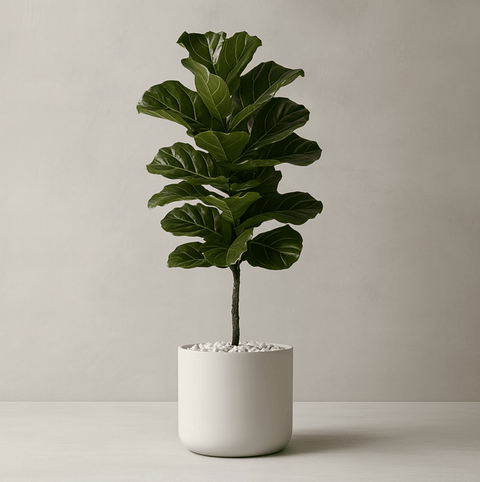
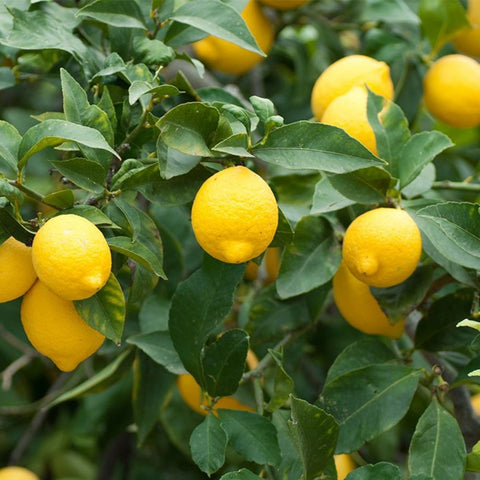

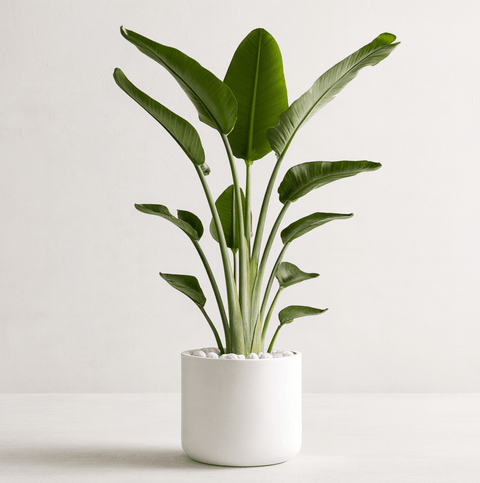

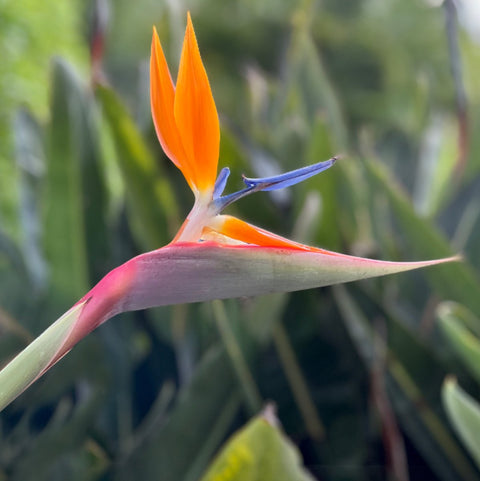








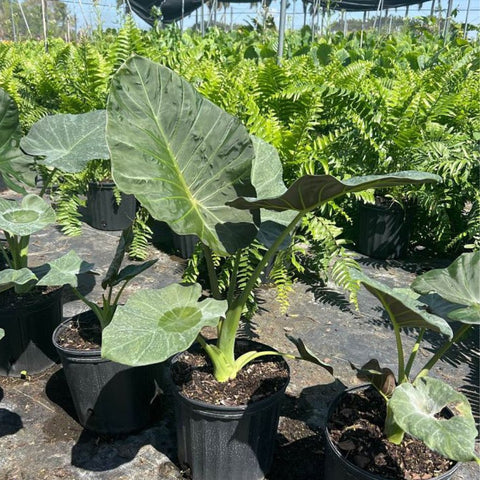





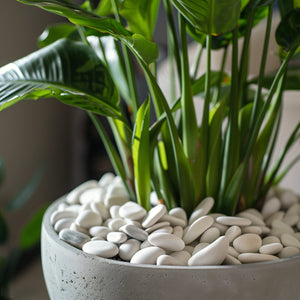






Comments (0)
There are no comments for this article. Be the first one to leave a message!